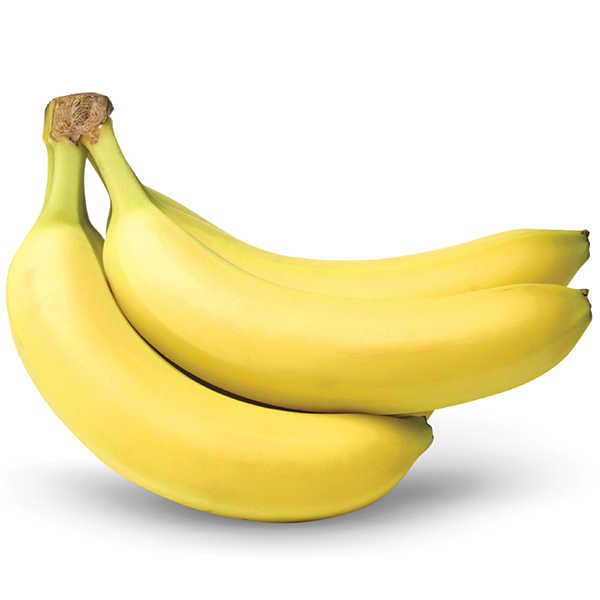
Organic bananas’ relatively low price makes them an easy sell to consumers across all demographics. Include both ripe yellow bananas and greener less ripe bananas on your display. Some consumers will buy both – one to eat now and one to eat later.
Organic bananas are an easy choice for consumers because of bananas’ already low price point. They are an inexpensive entry point for consumers into the organic market. Make the most of this by promoting them as an inexpensive way to put organic produce in the hands of families.
Tap into the back-to-school market by promoting organic bananas as a great choice for lunch boxes. Promote them to health-conscious consumers as a tasty addition to smoothies and salads.
Try cross-merchandising organic bananas with cereals made with organic wheat and oats. If your store has a health market section that contains organic products, place a secondary organic banana display there and cross-promote organic bananas with those products.
Consider displaying organic bananas next to their conventional partners, making sure the two displays have the appropriate barriers in place. The price compares well and can encourage consumers to make the switch from conventional to organic.
Include organic bananas in tropical displays with other organic tropicals. Their eye-catching yellow color can draw consumers to the entire display. Include both ripe yellow bananas and greener less ripe bananas on your display. Some consumers will buy both – one to eat now and one to eat later.
If you offer a secondary banana display near the checkout, consider including organic bananas on a separate display to give consumers a quick choice of organics. Consider offering only organic bananas in the secondary display to boost organic sales.
Shipping
Organic bananas are most often shipped in 38-pound or 40-pound boxes.
Grades
Bananas are subject to no official U.S. grade standards.
Bananas generally are considered No. 1 “premium” by major banana companies as part of their own grading standards. Smaller bananas sometimes are graded No. 2.
Handling
Gray-yellow or dull yellow bananas, an indicator of improper temperature handling, lose eye-appeal but not taste unless severely mishandled. Off-color bananas may work well cut up in fruit salads or used in recipes in the deli and bakery departments.
Bananas are susceptible to scarring and bruising if roughly handled. Promptly unload container delivery trucks with care. Never drop, roll or tip boxes. Do not stack on wet floors. Leave them on a pallet for protection from damp floors and for even air circulation. Do not place heavy objects on top of cartons.
When stacking containers in the back room, make sure to stack organic items at the top so residue from conventional produce doesn’t drip down onto the organic items.
Ripening
Bananas are picked off the plant green and shipped under refrigeration to wholesalers. Wholesalers ripen the fruit for about four days before shipping to the end user. The ripening process cannot be accelerated at this stage or quality may be sacrificed. Ripening rooms, which can closely control the heat from respiration during ripening in the 58 to 64 F pulp temperature range, and ethylene gas, which is a natural byproduct of bananas, are used to obtain uniform ripening.
Although the ripening process begins in a ripening room, retailers can slow or speed the process to achieve the best color. To speed ripening if bananas are too green, leave them in the box stacked on top of each other. To slow ripening, take the lids off the boxes, open the plastic liner and air-stack or stagger-stack the boxes to ventilate them.
Air-stack boxes no more than four high to avoid crushing.
Bananas are extremely susceptible to fluctuating temperatures. Do not expose them to extremes of cold or heat. Avoid setting containers in drafts, near heating vents, windows or motors.
Temperature to store: 56 to 58 F, 13.3 to 14.4 C
Temperature for ripening: 60 to 65 F, 15.6 to 18.3 C
Relative humidity: 90-95%
Mist: no
Typical shelf life: 3 to 7 days (ripened, depending on conditions)
Ethylene-sensitive. Do not store or transport with commodities that produce ethylene.
Highly sensitive to freezing injury.
Susceptible to chilling injury if kept below 56 F, 13.3 C. Damage sometimes is not apparent until the produce is returned to a higher temperature.